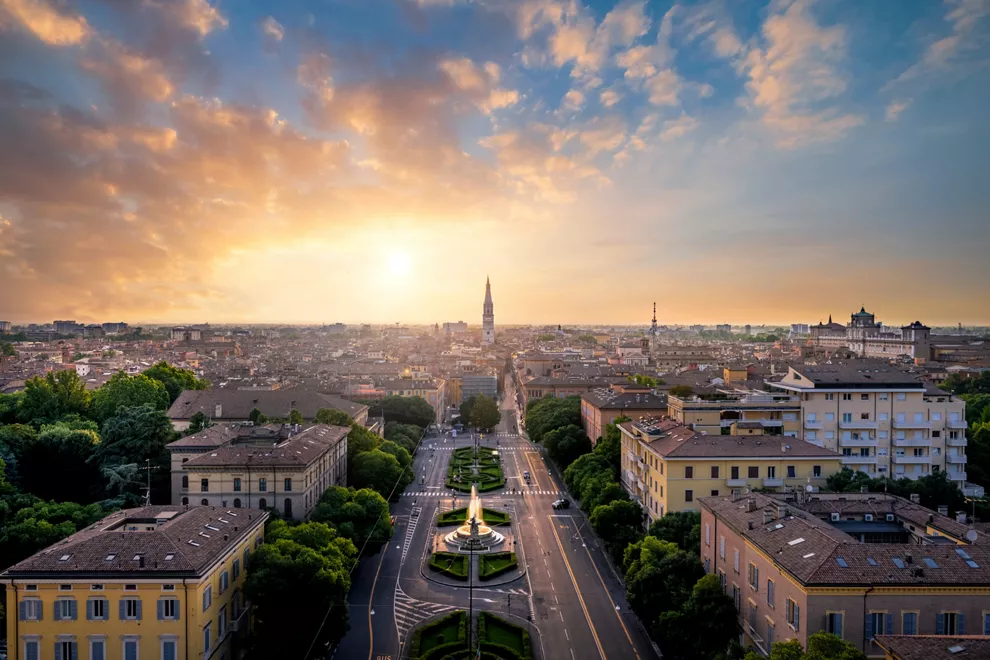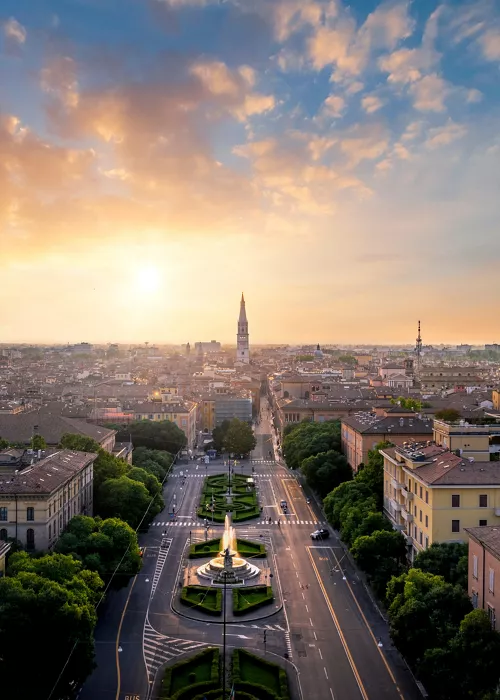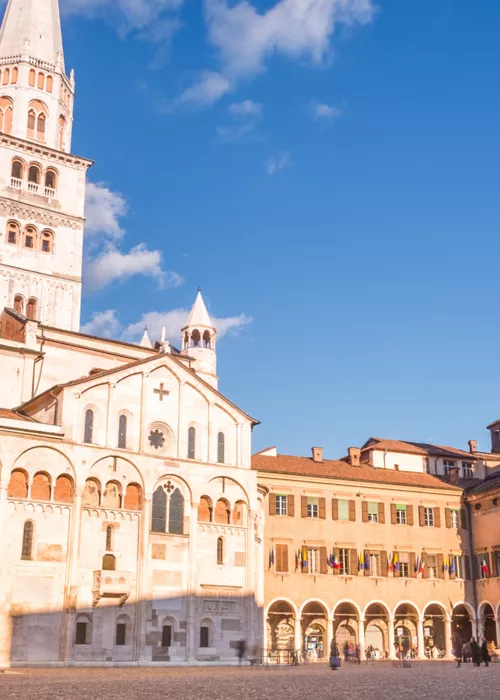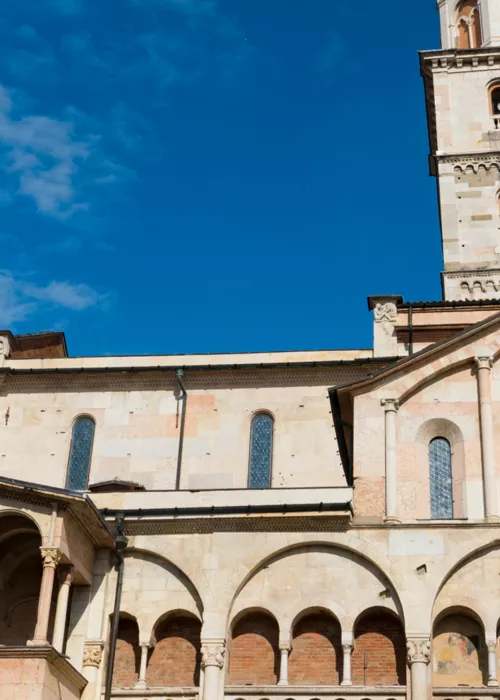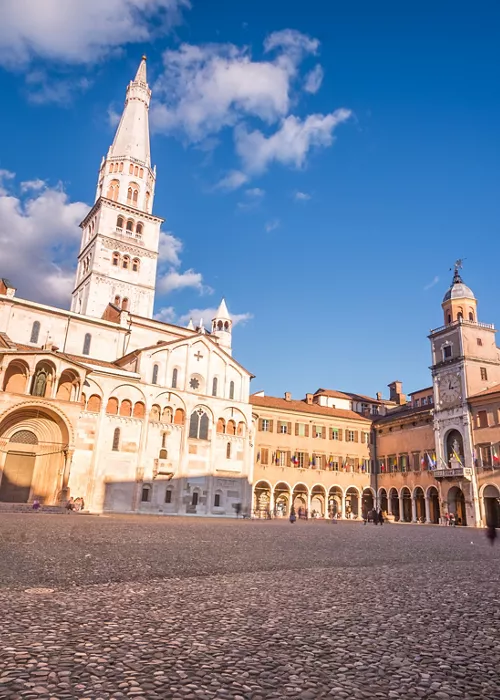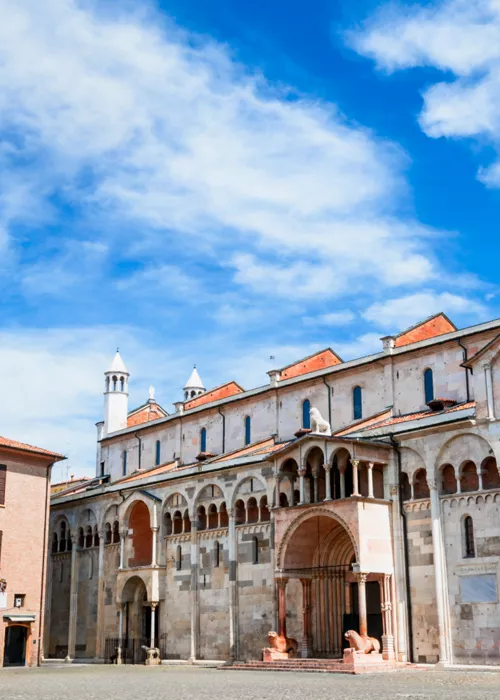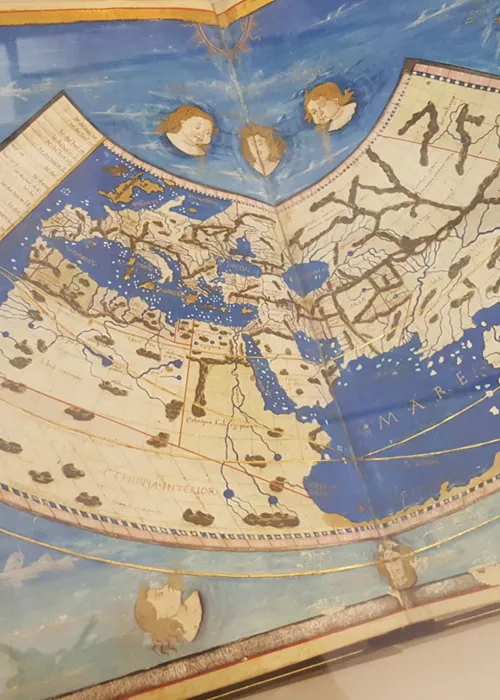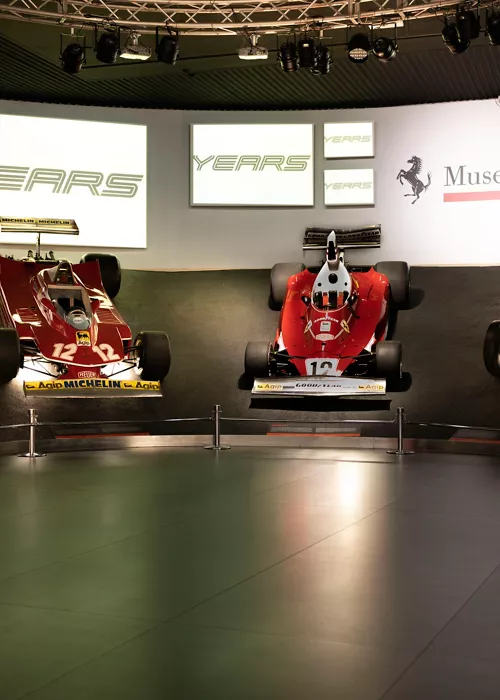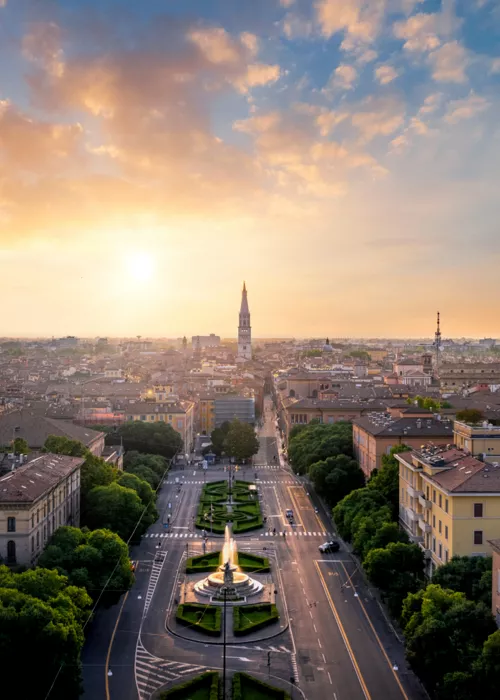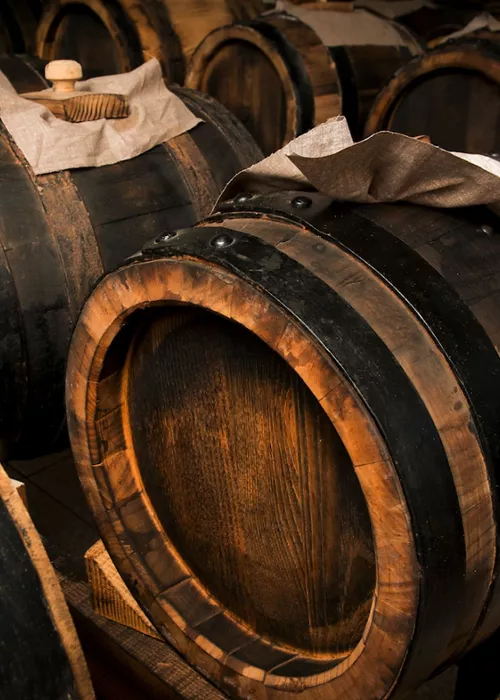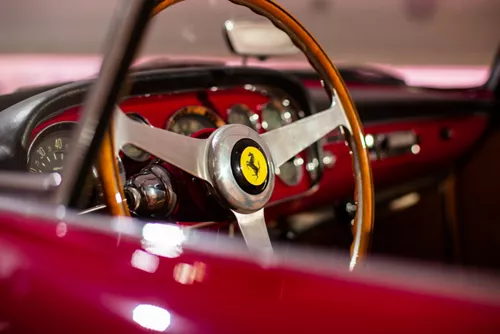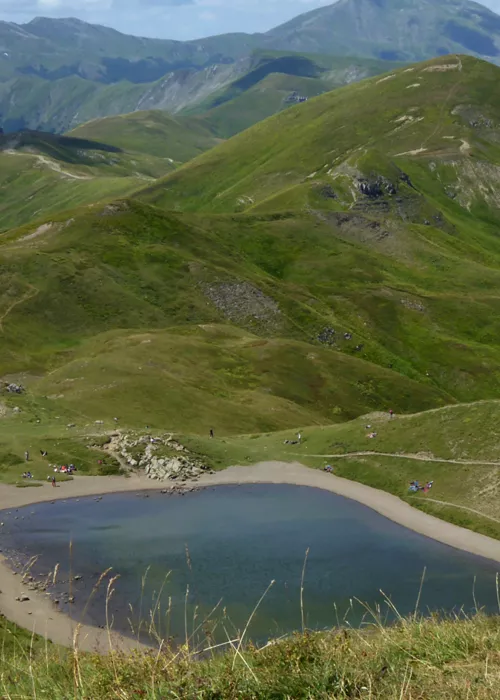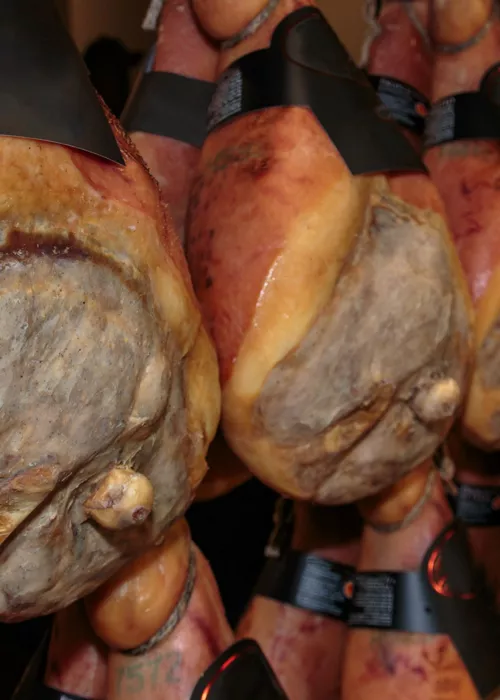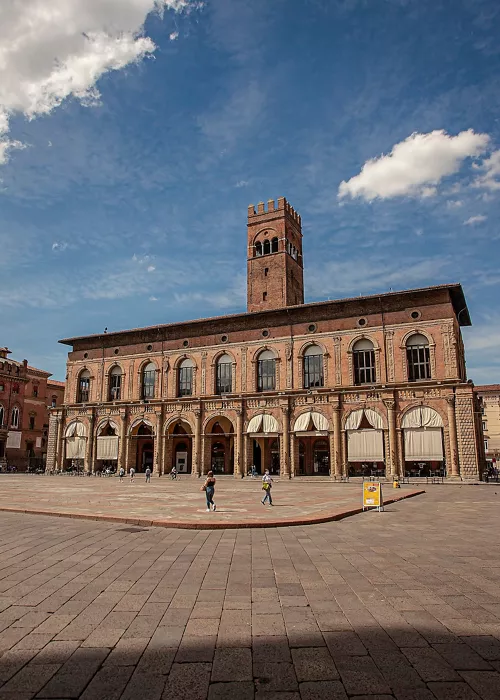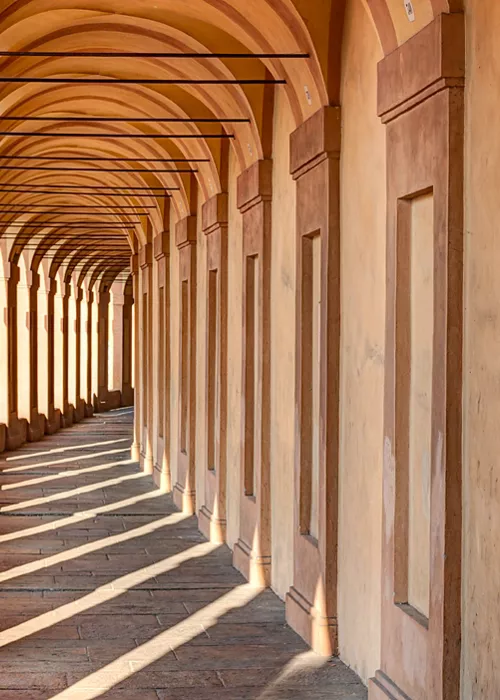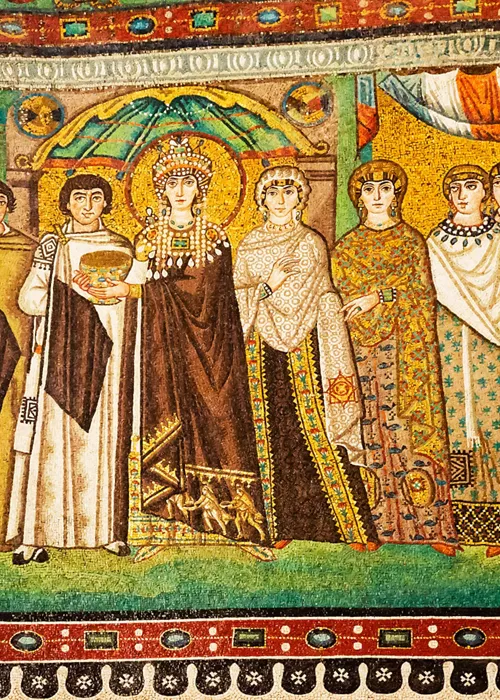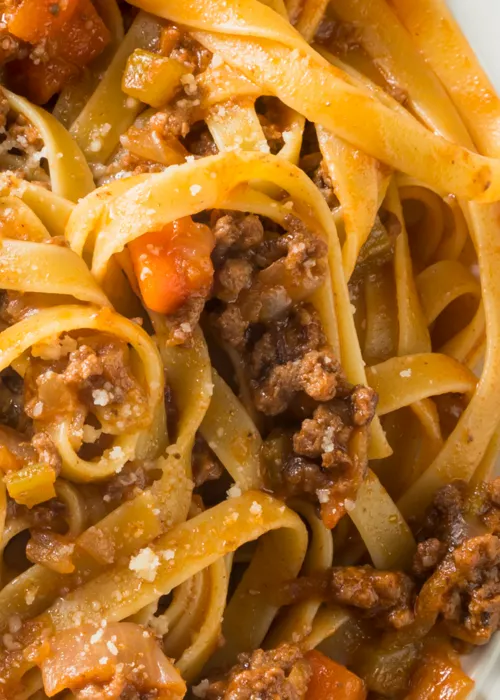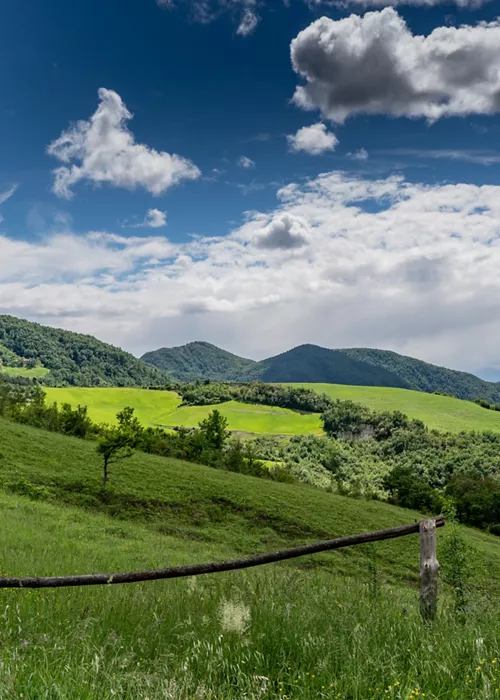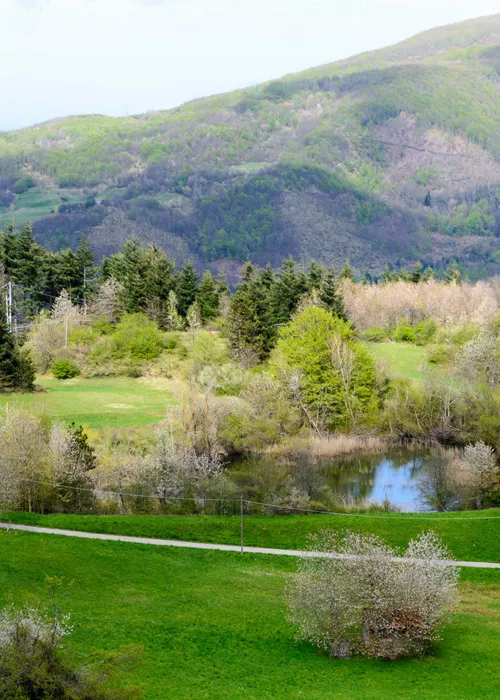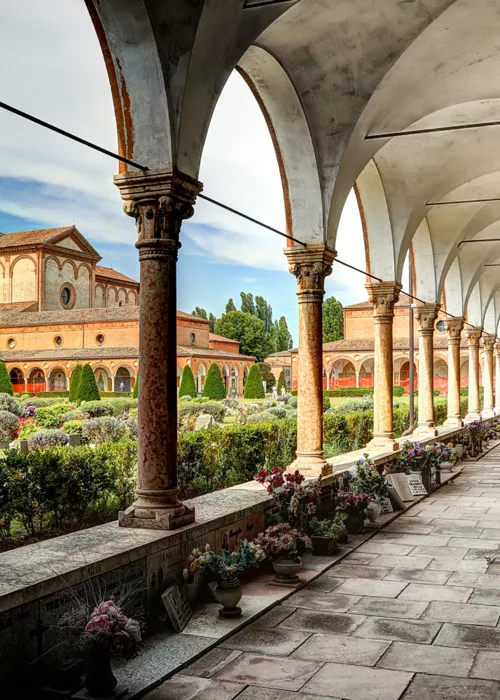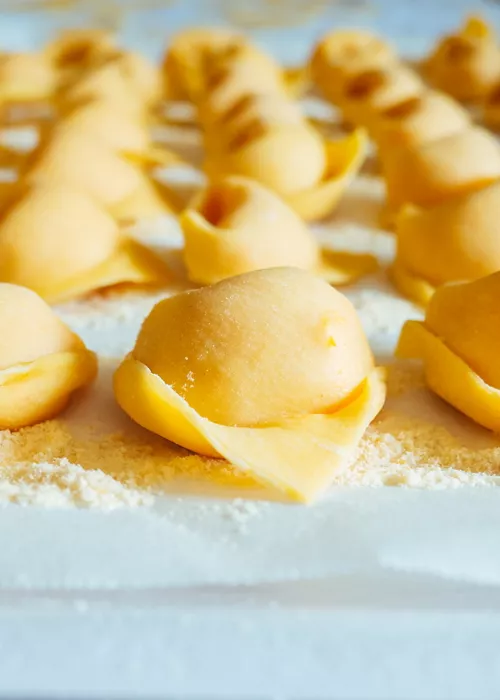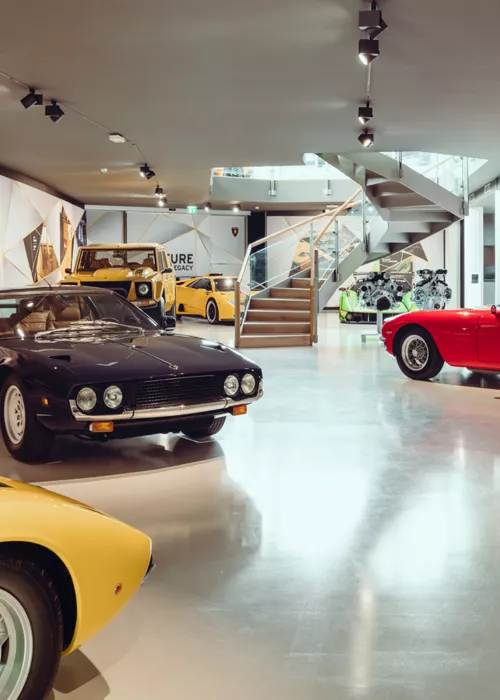Artistic masterpieces and gastronomic marvels in Modena
4 minutes
The historic centre of Modena is best explored on foot. Once in the city, wandering along the Via Emilia, shopping at the historic Albinelli market and admiring the Ghirlandina tower from every angle is almost obligatory.
Where is Modena and what makes it so special?
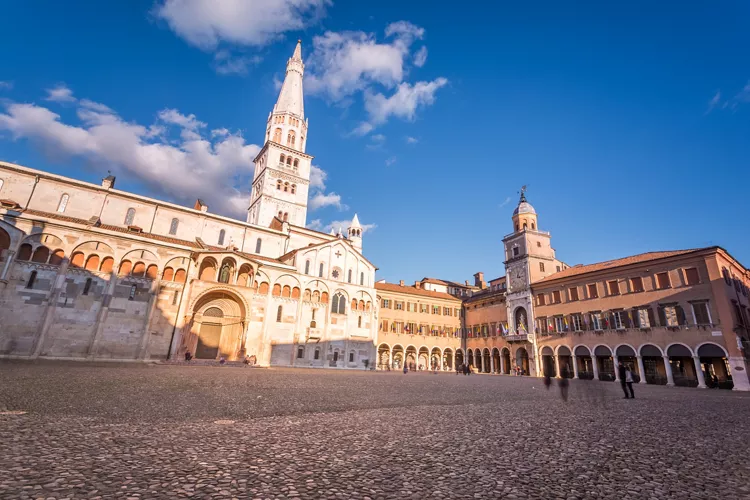
One of the main cities of Emilia-Romagna, Modena lies at the heart of the lush Po Valley in an area between the Secchia and Panaro rivers.
History and information on Modena
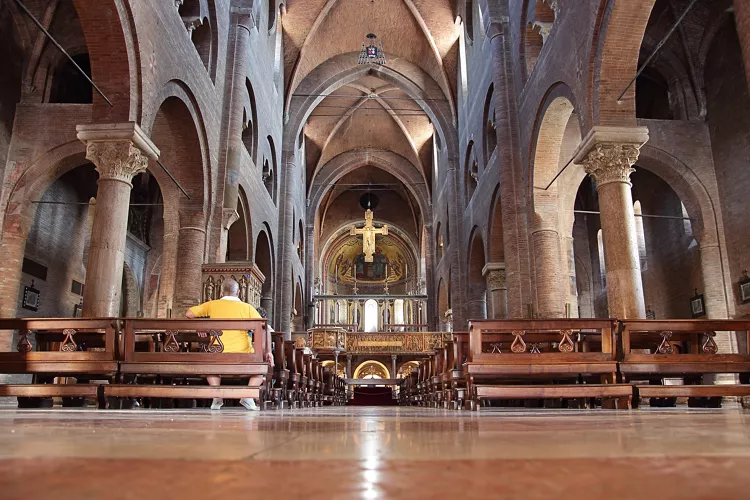
The history of Modena is linked to the figure of St Geminianus, bishop of the city in the second half of the 4th century and its patron saint. There are several legends concerning him: one says that in 451 he saved the city from Attila's Huns by hiding it in a thick blanket of fog.
The sites that brought the city its highly valued UNESCO recognition are linked to the architect Lanfranco and the sculptor Wiligelmo, creative geniuses to whom we owe Modena Cathedral, a masterpiece of the Romanesque style. The completion of the cathedral and its tower was entrusted to the Campionese masters, master sculptors who worked on the Modenese site from the end of the 12th century to the first decades of the 14th century.
Why Modena is a UNESCO site
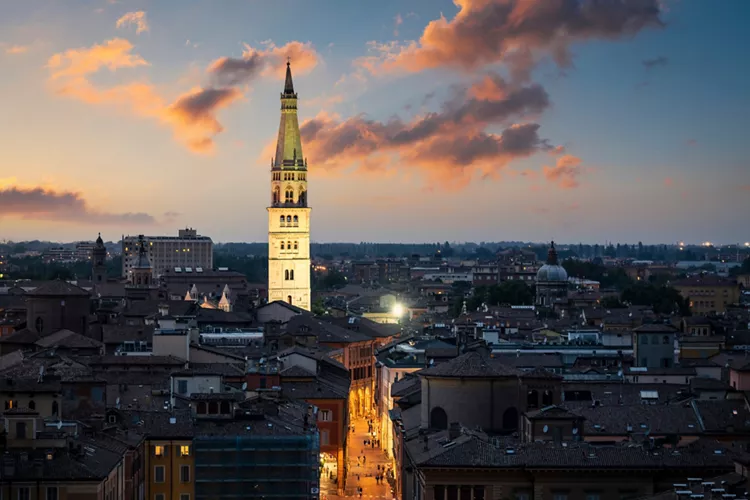
The utmost expression of municipal civilisation in medieval Italy, Modena has been a UNESCO World Heritage Site since 1997 in recognition of its extraordinary architectural complex.
The Cathedral, the Torre Civica and the Piazza Grande represent one of the main schools of a new figurative language that had an enormous influence on the development of Romanesque architecture in Italy and Europe.
What to see in Modena: the most beautiful places to visit
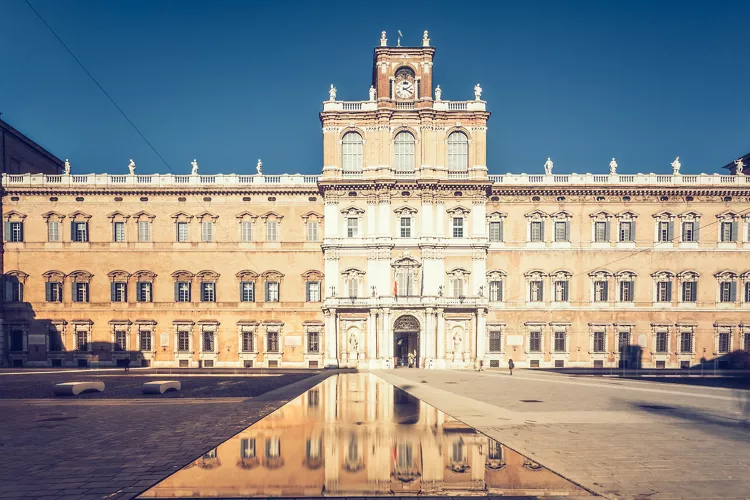
Modena is a city of many faces, full of idyllic places to discover as you stroll through the historic centre. If you are visiting the city for the first time, however, we recommend starting with the three UNESCO-listed wonders.
Piazza Grande welcomes you with all its majesty: this has always been the beating heart of the city, the place from which political and religious life was historically managed.
The cathedral of Santa Maria Assunta in Cielo and San Geminiano overlooks the square. The details of the main façade of Modena Cathedral and the sculptural works that illustrate the Bible are spectacular and unique. Particularly prized are the Genesis Reliefs, four stone slabs depicting scenes from Genesis that are attributed to Wiligelmo: two are located above the side doors and two beside the central porch.
If you look at the cathedral from the Piazza Grande, you will notice that the central door has a different style from that of all the other entrances to the building. There is a reason for this: it is not the work of Lanfranco, but of the Campionese masters, who worked on the cathedral at a later date and created a new entrance, choosing a pink marble and opting for greater architectural grandeur.
Much more highly decorated is the nearby Porta dei Principi: get up close to it to discover the architrave adorned with a splendid bas-relief depicting episodes from the life of San Geminiano.
The saint's tomb is inside the cathedral, in the crypt accessible to visitors. Once a year, on 31 January, the remains are dressed in the bishop's robes and exhibited to receive the devotion of the faithful. A visit to the crypt also allows you to admire the Madonna della pappa, a sculptural group in polychrome terracotta created by Guido Mazzoni in 1480.
Next to the cathedral stands the Torre Civica, known as the Ghirlandina, the true symbol of the city. For centuries, the population was alerted to any danger from this tower. Today you can climb to the top to enjoy a unique view of Modena.
Alongside the cathedral, we also recommend a visit to the Cathedral Museum and the Lapidary Museum, which houses the famous Metopes, eight Romanesque sculptures representing the monstrous beings who lived on the edges of the known world according to medieval world maps. Made in the 12th century by a sculptor whose name is unknown, the Metopes adorned the interior of the cathedral until 1950, when they were replaced by copies and moved to the museum.
Modena's local products and unmissable dishes
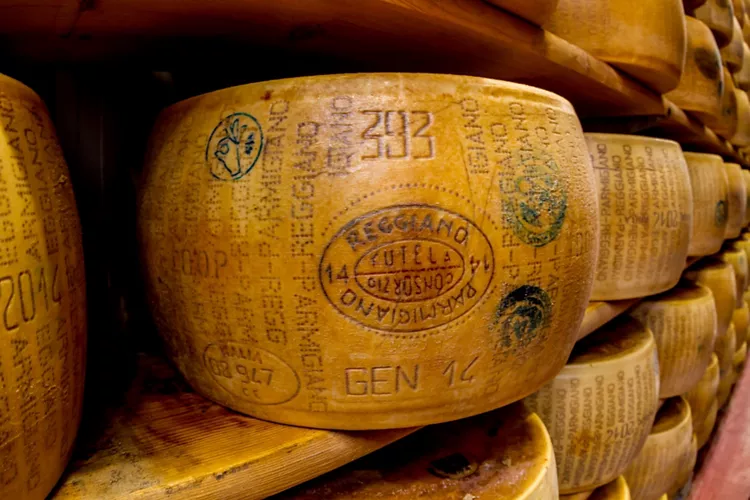
Massimo Bottura is the star of Modenese and Italian cuisine throughout the world, but it is not only thanks to him and his Osteria Francescana that Modena is sure to impress you with its food.
The city is famous for its culinary specialities, starting with two true icons: balsamic vinegar of Modena PGI and Parmigiano Reggiano cheese, which can also be enjoyed with a few slices of the delicious Modena prosciutto DOP.
Fried gnocco is often paired with local hams and cheeses, but you can also find it together with tigelle bread, also called crescentine, filled with delicacies such as mortadella and squacquerone cheese.
For an unusual meal, you could try takeaway tortellini in broth or Zampone di Modena IGP, whose origins date back to 1511.

